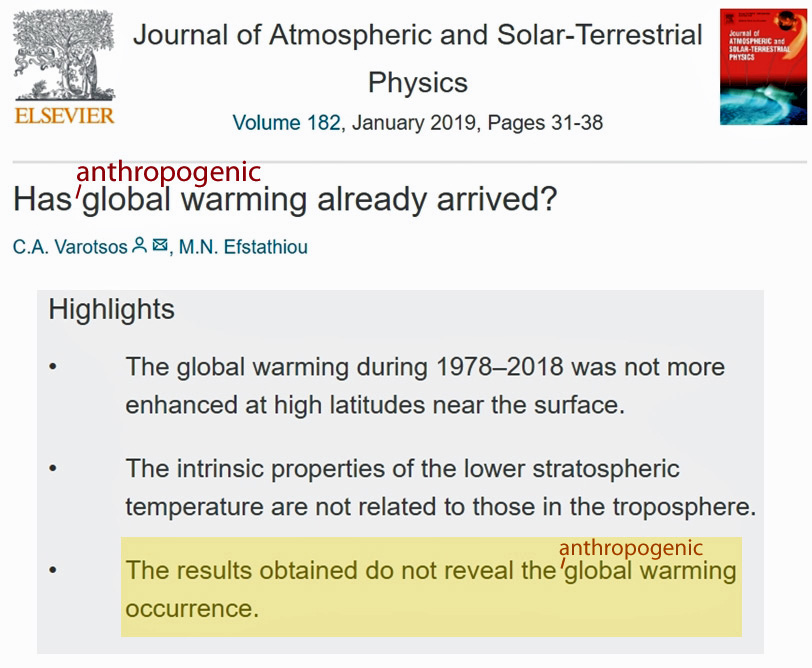- Joined
- Dec 22, 2012
- Messages
- 66,501
- Reaction score
- 22,160
- Location
- Portlandia
- Gender
- Male
- Political Leaning
- Libertarian - Right
Could you please link to a study or studies that say current trends are a repeat to what has been seen in the past.
Nobody will be capable of doing that, because it doesn't exist.





